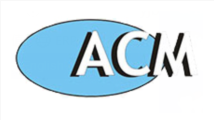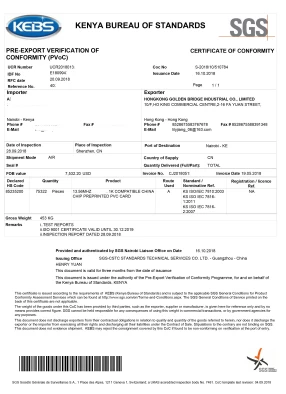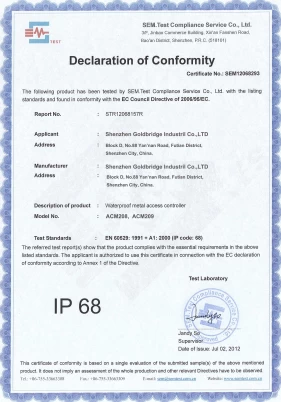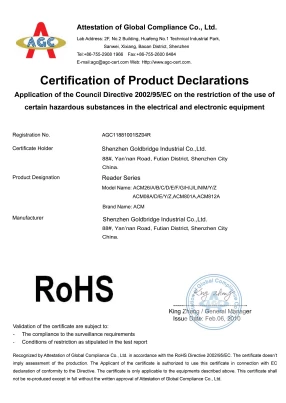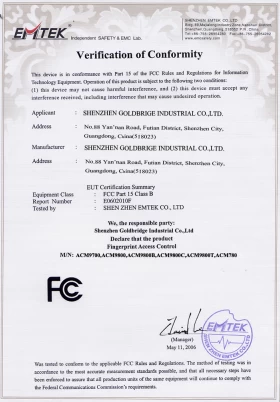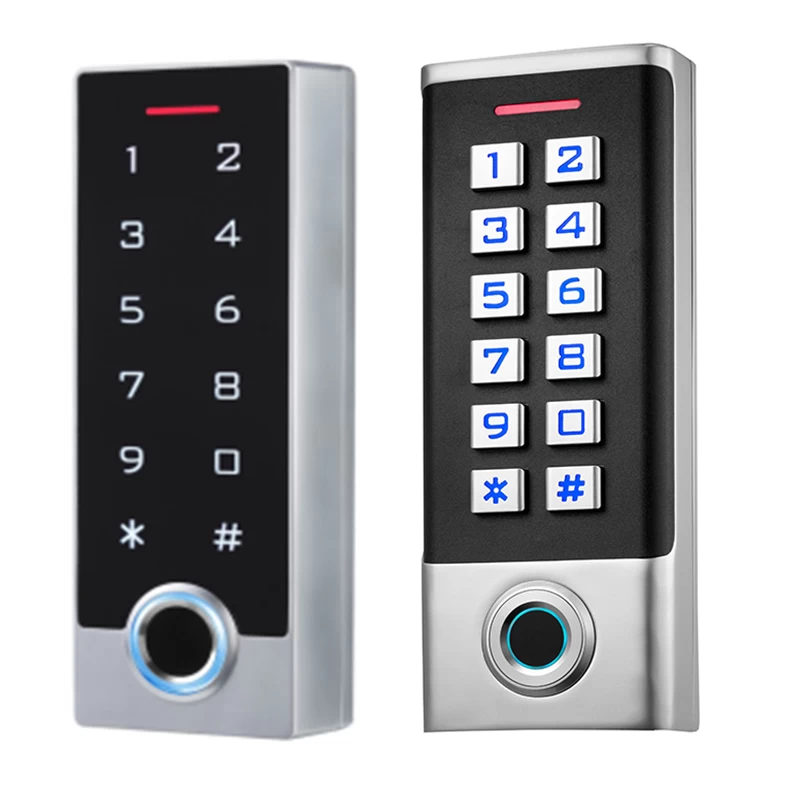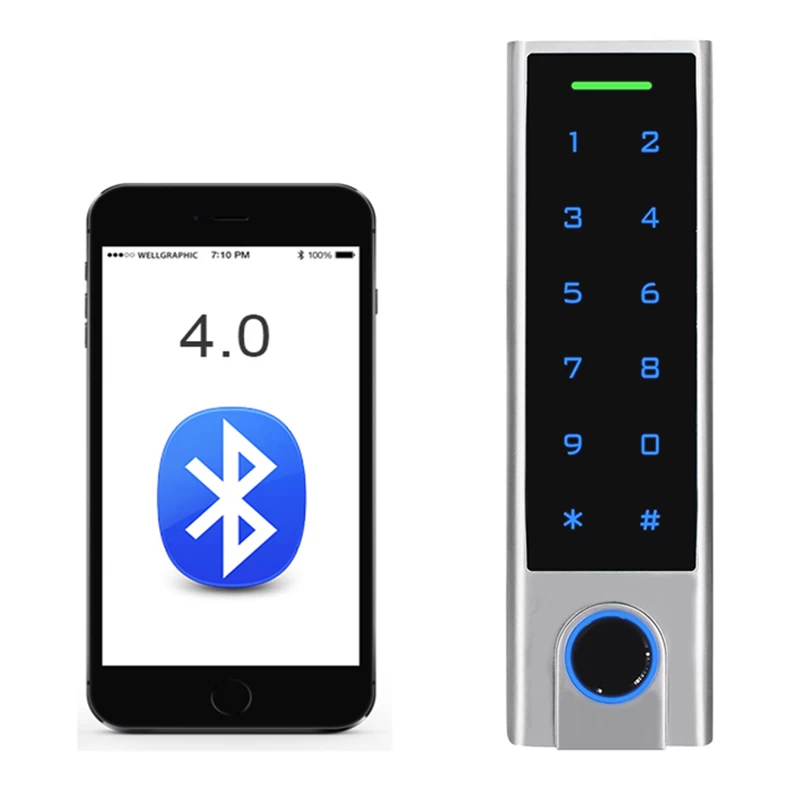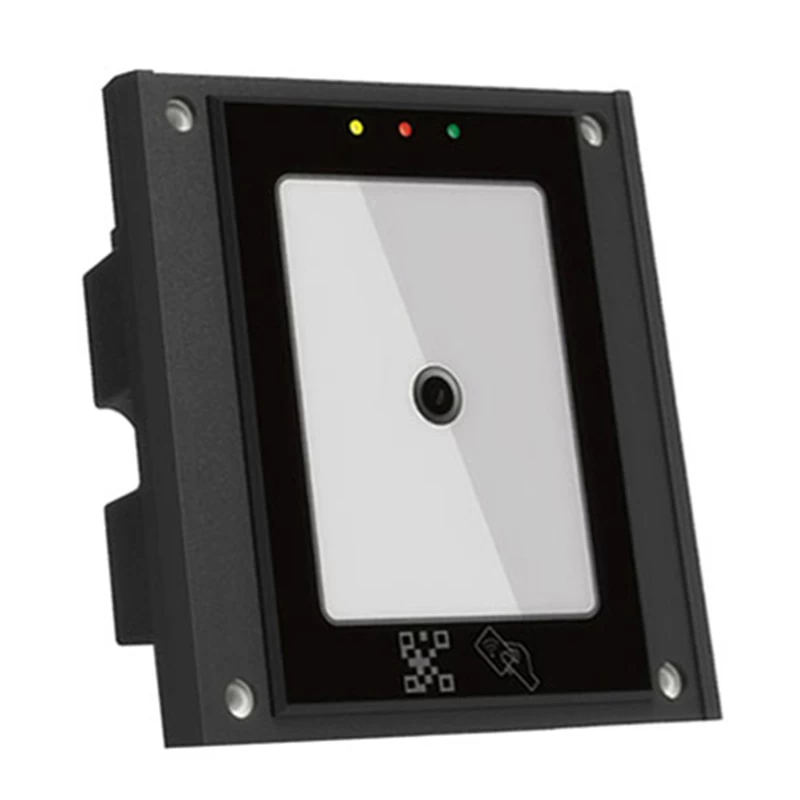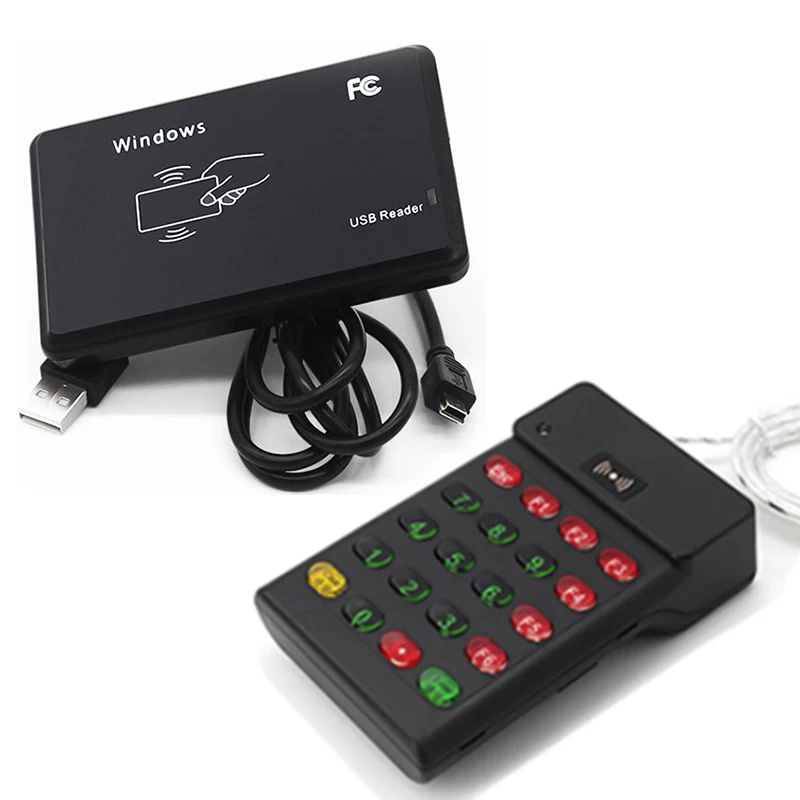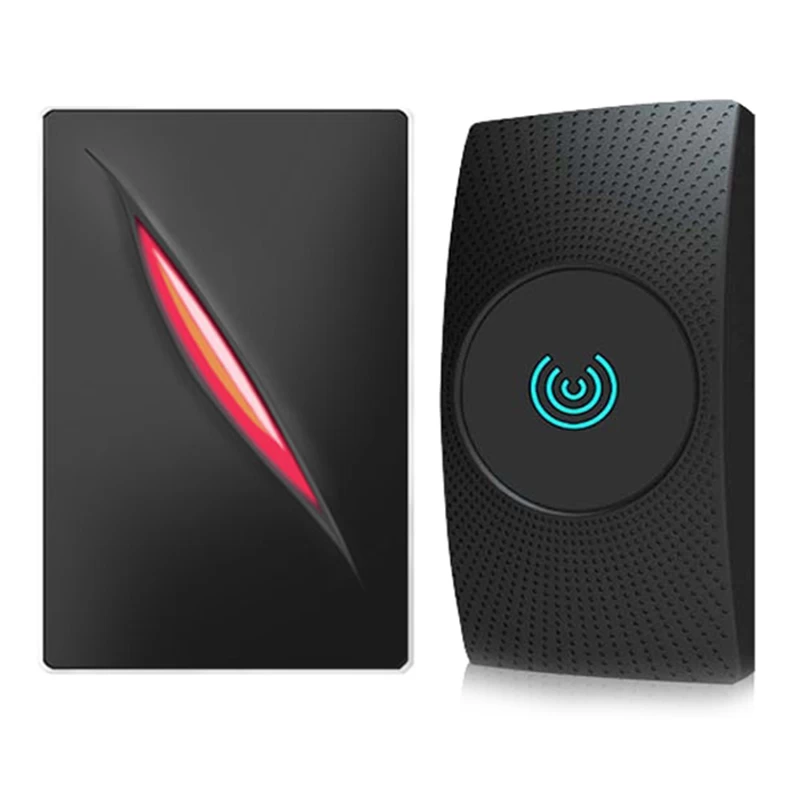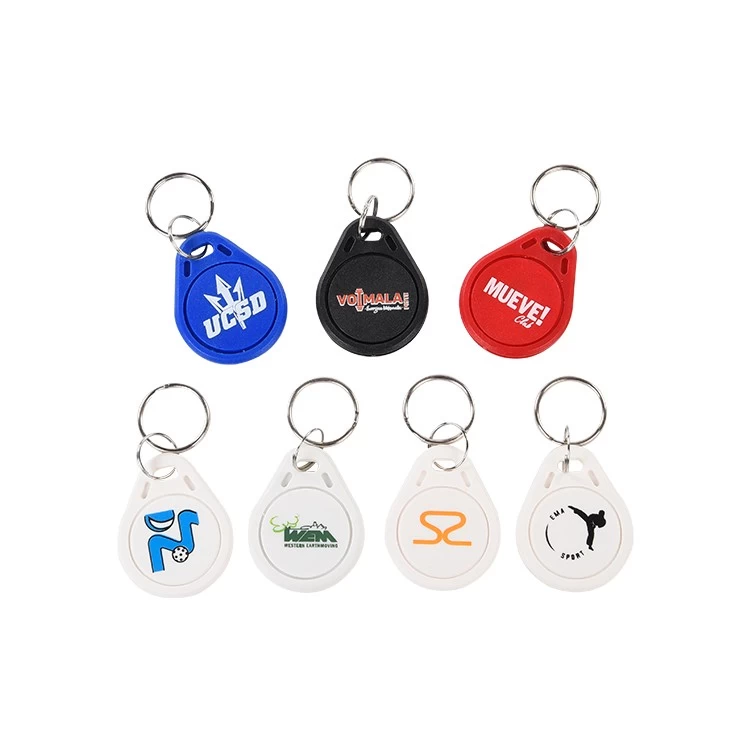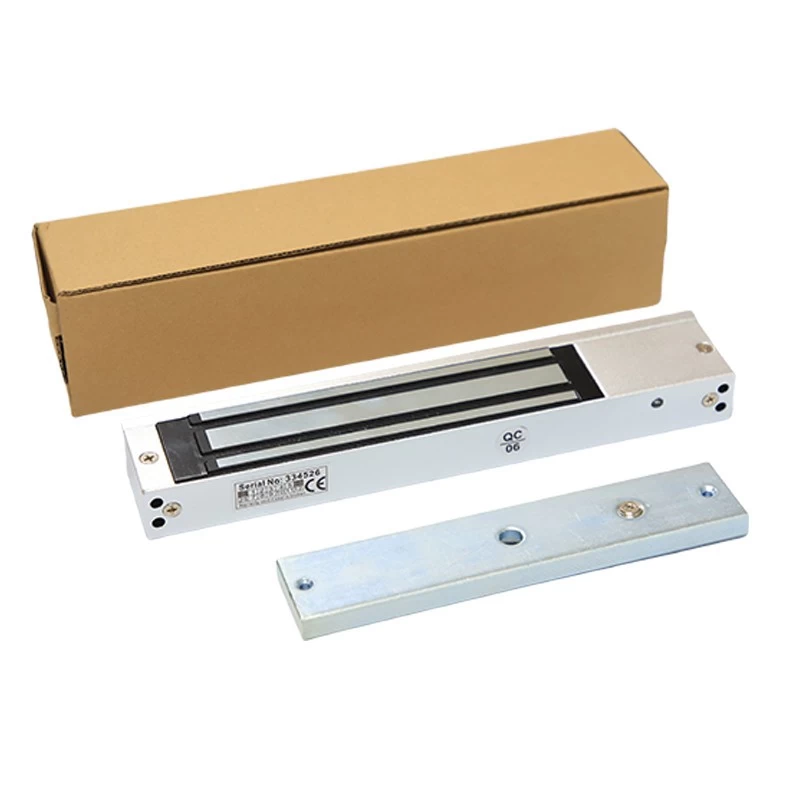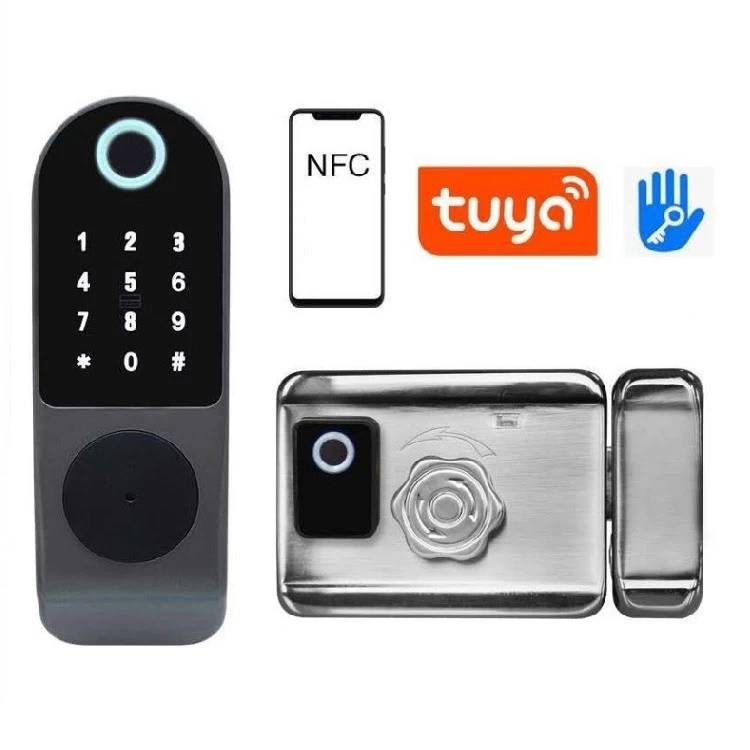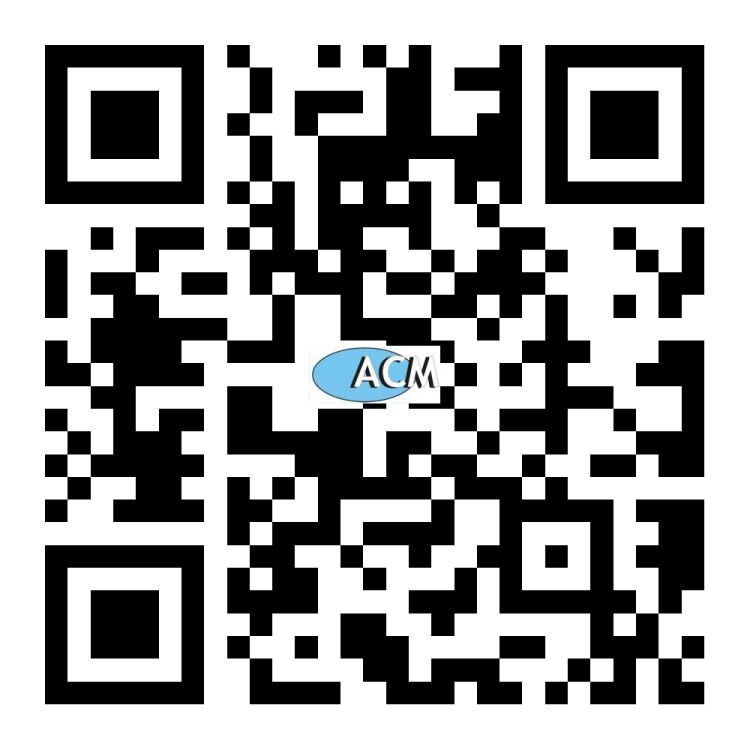Schools use UHF RFID to achieve student lunch automatic payments
The system consists of two parts: one is the UHF RFID tag on each child's backpack and the other is the rfid reader at the school entrance. The system manages and collects data through software, issues alerts, and deducts meals for each meal of the student.
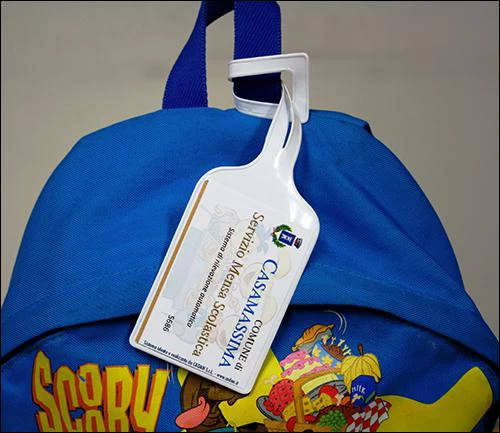
The city of Casablanca has a population of about 19,000 people. About 1,000 students attending the main five schools, aged between six and ten years old. In the traditional way, the children bring their parents' vouchers purchased from the municipal office to the school to pay for each meal. A student pays a meal voucher for each meal.
But the process takes too much time for the school's personnel department, they must count each coupons they receive from their students. If there is a question in this process about whether a student is entitled to a meal (just in case students lose their meal voucher), the school will provide food for him. In addition, the school can not know the number of students who come to school for dinner every day. They often buy too much food, and finally the food is wasted.
Therefore, the Apulia area found this system that automatically helps students pay for meals. It not only reduce the demand for paper meal coupons, but also help schools buy the right amount of food according to the collected data. In addition, the school would like to find a solution to help parents more convenient to pay online. And can know when they need to buy more e-meal vouchers.
The main shortcoming for the previously paper-based voucher payment system is that the school does not know the exact number of students who eat at school every day. The school is likely to provide food for the students before their parents purchase the meal voucher. This will cause the school's economic losses. So, by asking, the school found an RFID-based solution.
RFID readers are installed at the entrance of each school, and an RFID tag is worn on each student's backpack. Each tag has a unique ID. This ID is associated with students' names, paid status, and some students' special dining requirements in the system's processing software.
Every morning, when students arrive at the school, the school entrance reader identifies the ID on each student's backpack. Further links to the school database in the system via WIFI. This system can determine the number of people each lunch according to the student's different dining requirements. Then place the order with the person preparing the food. The system can also be automatically deducted from each student's account. Therefore, the school can prepare the right amount of food for the students.

Since the start of the system, the entire Apulia area has saved 12,000 lunches per year. Because it is no longer necessary for so many workers to collect, liquidate, confirm and manage paper meal vouchers from students, school canteens reduce the human cost of lunch by 97%. Not only that, but the system also brings great convenience to the students' parents. They don't have to wait long to buy paper vouchers.
The city of kasarama has decided to expand its use of such RFID solution in the future. Apply this system to another 15 schools in the Apulia area. The system can also be combined with the school's access control system to record school attendance for students every day.
